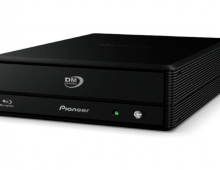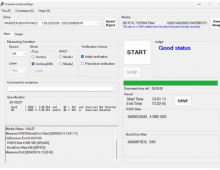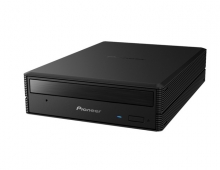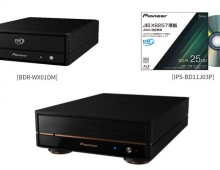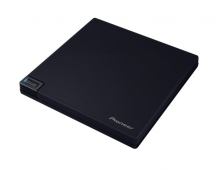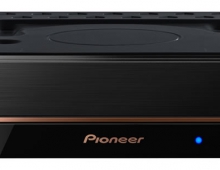DVD Technical Guide
11. Audio Format
Review Pages
2. Concepts and Structure of the DVD Format
3. The Future of DVD
4. Design Concept of the Physical Specification
5. Features of the DVD Physical Specification
6. The DVD Data Format
7. Read-Only Disc File Format
8. Video Format
9. Video Format - Page 2
10. Video Format - Page 3
11. Audio Format
12. Audio Format - Page 2
13. Audio Format - Page 3
14. Audio Format - Page 4
15. Audio Format - Page 5
16. DVD-R and DVD-RW
17. DVD-R and DVD-RW - Page 2
18. DVD-R and DVD-RW - Page 3
19. DVD-R and DVD-RW - Page 4
20. DVD-RAM
21. DVD-RAM - Page 2
22. DVD-RAM - Page 3
23. DVD-RAM - Page 4
Chapter 5 - Audio Format
5.1 Introduction
In February 1999, the DVD Forum formally approved the release of DVD-Audio Ver. 1.0, as a new format to handle next-generation audio. This was a result of three years of discussion in the DVD Forum's Working Group 4, a technical working group comprised of many members of the hardware industry, music industry, and computer industry, as well as the ISC (International Steering Committee, composed of IFPI, RIAA, and RIAJ representatives of the world's music industry). This makes the DVD-Audio specification truly a global standard.
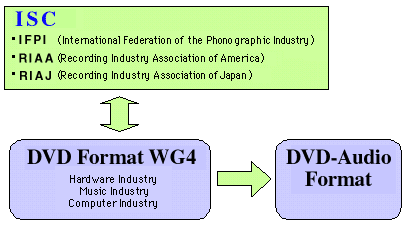
5.2 Overview of the DVD-Audio Specification
DVD-Audio Design Concept- Pure Audio: Linear PCM and Packed PCM (lossless encoding)
- extremely high quality
(192 and 176.4 kHz sampling frequencies, in stereo)
- multi-channel (scalable, up to six channels) - Maintains compatibility with the DVD-Video format
- Many added features
- still image features
- video features (a subset of the DVD-Video format)
- centralized text, real-time text - Access features suitable for audio systems
- access units leverage the familiar paradigm of conventional
audio media album (Volume), group (Title Group), track (song),
index (Cell)
- continuation of the basic concepts behind DVD-Video
- TOC-style access method (two-channel content)
5.2.1 DVD-Audio and DVD-Video formats
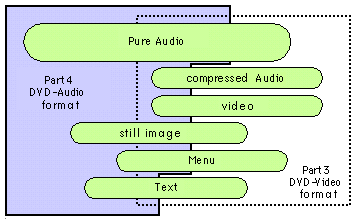
The DVD-Audio specification was established as the second ROM application format for the DVD family. In formulating the design concept, compatibility with the DVD-Video specification was given high priority, in addition to striving to meet the needs of next-generation audio discs. To this end, the physical format and file format were made common with the DVD-Video standard, but this is not all; the DVD-Audio specification also aims to share much in common with DVD-Video in its application format. The specification for audio data, the core of playback data for DVD-Audio, is comprised of portions compliant to the DVD-Video specification, portions which are extensions of the DVD-Video specification, and portions which were newly defined for DVD-Audio. The specifications for compressed audio and video are a subset of the DVD-Video specification & complying with that specification but with some additional restrictions added & thus maintaining complete data compatibility. Some portions of the specification for still images, menus, and text data follow the DVD-Video specification, but most portions are newly defined to provide more appropriate features for audio discs.
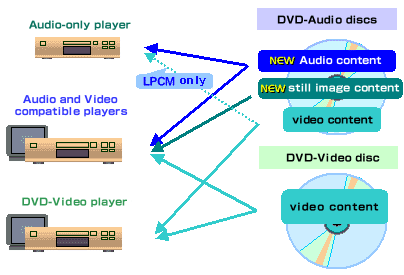
5.2.2 Discs and players
With the emergence of the DVD-Audio specification, it is anticipated that the DVD-Video players on the market will be joined by Audio-only players, which focus on providing the best possible sound quality; compatible players, which can play both DVD-Audio and DVD-Video discs; and many other specialized players to meet users' needs, such as portable players and car audio devices. The DVD-Audio specification provides the capability for discs to include not only pure audio content but also video or still image content which can be played along with the audio content. The specification allows the audio portion of such video content to be played on Audio-only players, while the video can also be reproduced by pre-existing DVD-Video players.
Review Pages
2. Concepts and Structure of the DVD Format
3. The Future of DVD
4. Design Concept of the Physical Specification
5. Features of the DVD Physical Specification
6. The DVD Data Format
7. Read-Only Disc File Format
8. Video Format
9. Video Format - Page 2
10. Video Format - Page 3
11. Audio Format
12. Audio Format - Page 2
13. Audio Format - Page 3
14. Audio Format - Page 4
15. Audio Format - Page 5
16. DVD-R and DVD-RW
17. DVD-R and DVD-RW - Page 2
18. DVD-R and DVD-RW - Page 3
19. DVD-R and DVD-RW - Page 4
20. DVD-RAM
21. DVD-RAM - Page 2
22. DVD-RAM - Page 3
23. DVD-RAM - Page 4

